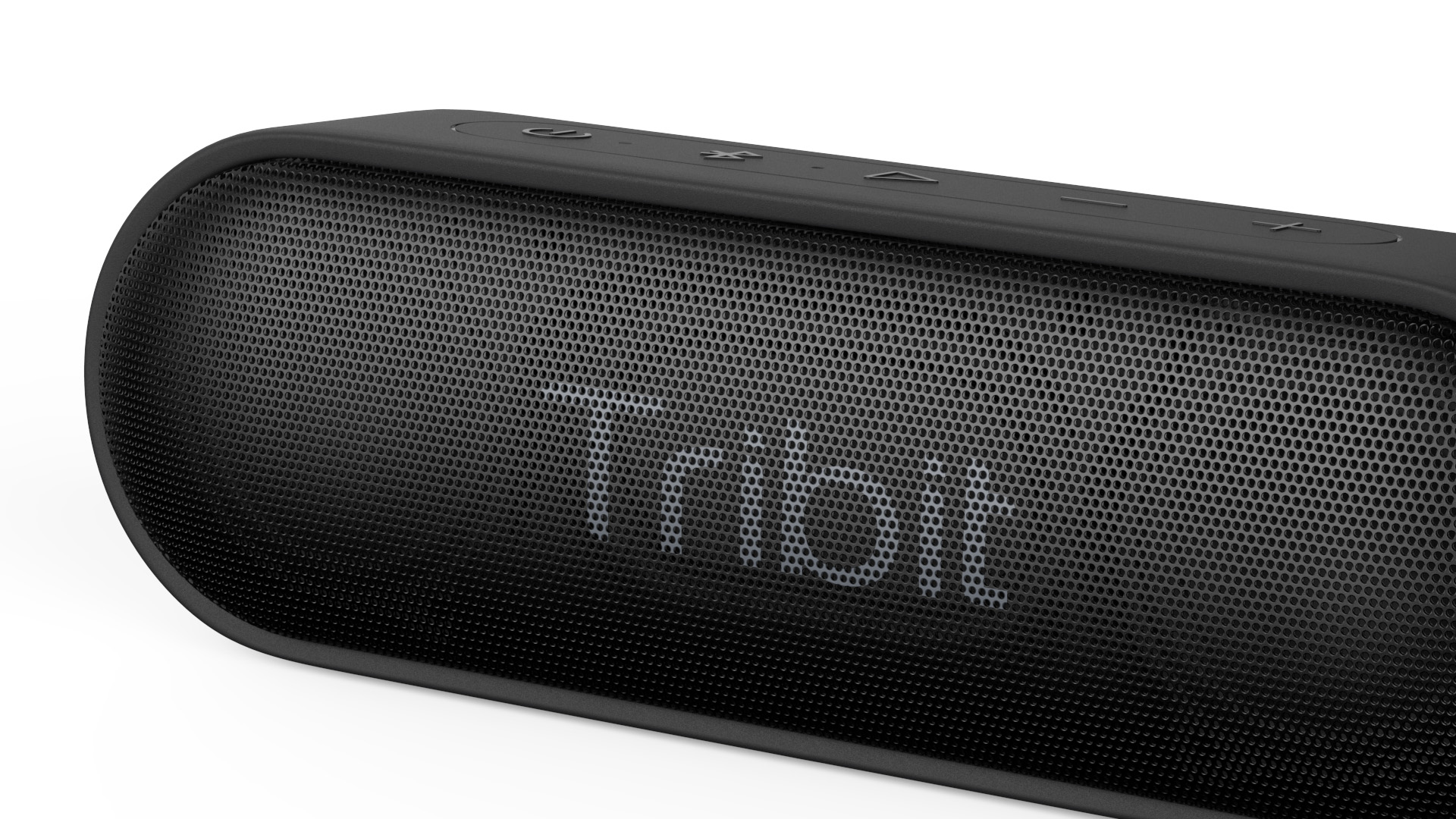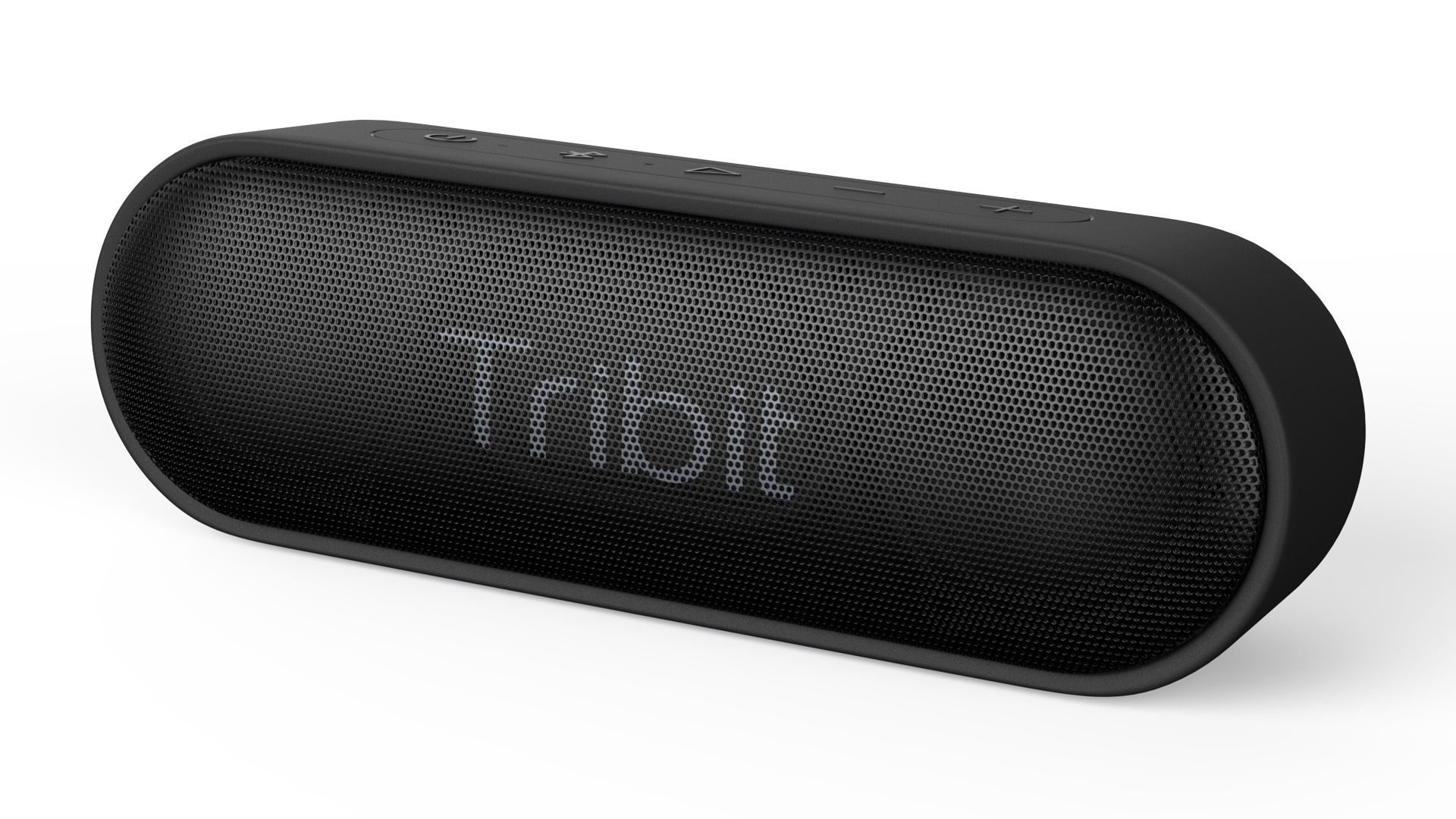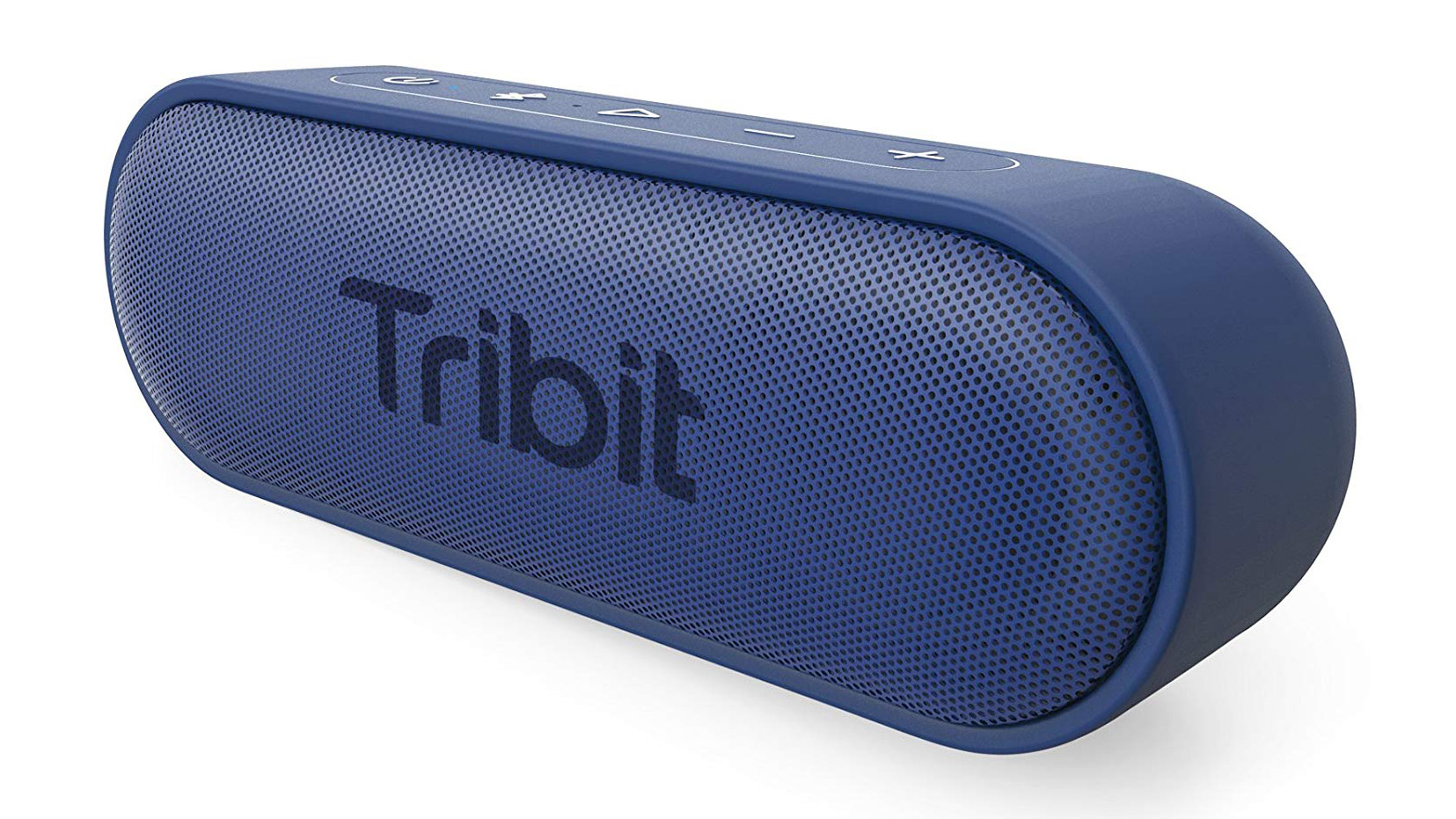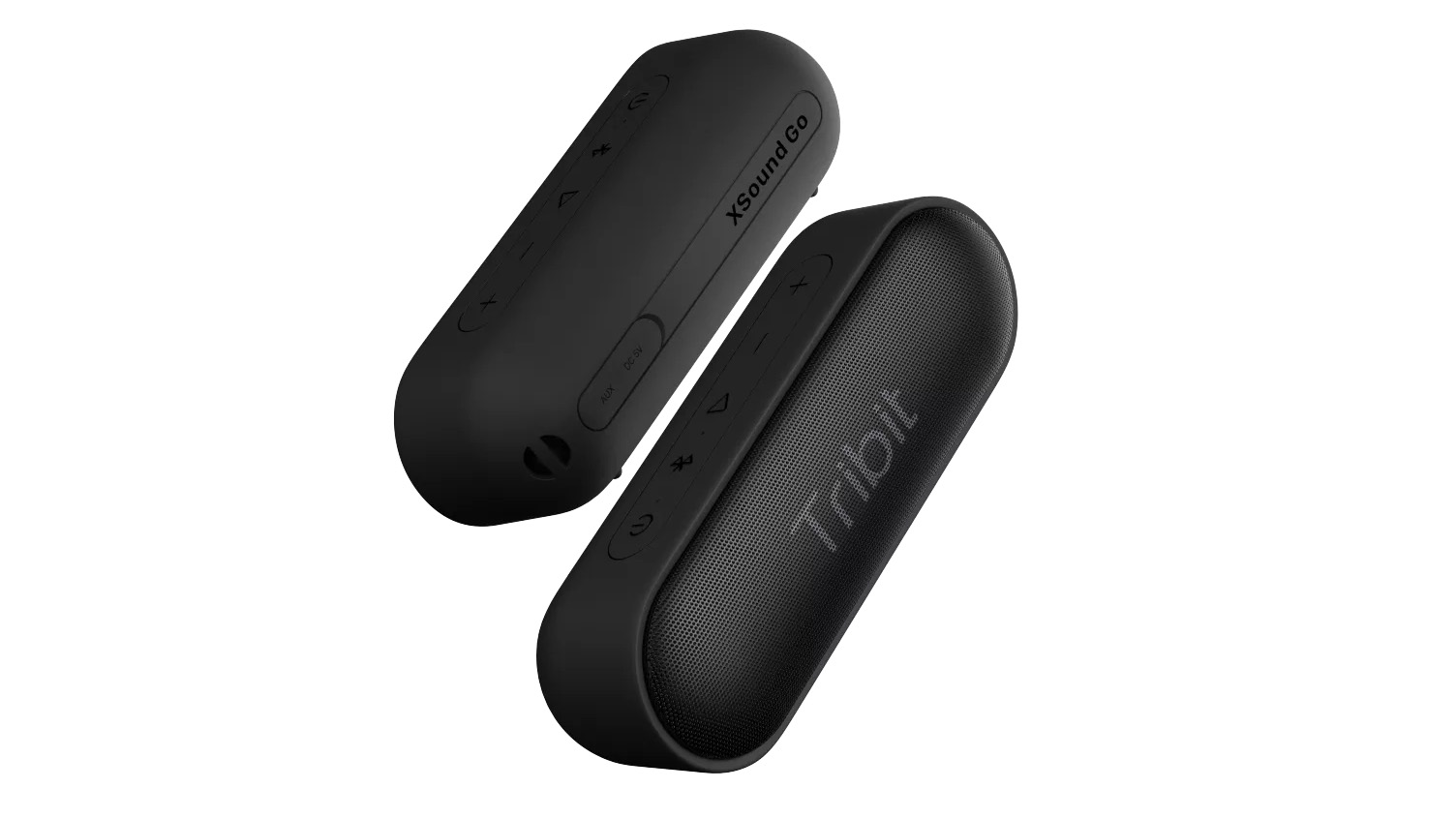What Hi-Fi? Verdict
Tribit’s XSound Go is a solid speaker, but it’s devoid of the dynamic expression that would allow us to truly recommend it
Pros
- +
Solid build and finish
- +
Well-integrated mids and lows
Cons
- -
Dynamically flat presentation
- -
Bettered for detail and timing
- -
Misleading product information
Why you can trust What Hi-Fi?
We seldom begin our reviews with a complaint, nevertheless, on this occasion, we feel duty-bound. There’s little point in a company creating a highly-specified Bluetooth speaker, such as the Tribit XSound Go, only to then consistently undersell it.
The definitive spec-sheet for Tribit’s smallest and most affordable speaker looks excellent for the money, with Bluetooth 5.0, USB-C charging, a 24-hour battery life, IPX7 waterproofing, a total of 16W power and a stereo pairing feature.
However, Tribit’s own website lists the XSound Go as supporting only Bluetooth 4.2 and having a total power output of 12W. The product manual has a different set of figures again, including 14W total power and five hours for charging – the website lists four.
The first page of the XSound Go manual warns, “Do not use the device outdoors during thunderstorms” – and yet this is an IPX7-rated speaker that can survive submersion for 30 minutes in water at a depth of 1m. It’s a shame; such things really do matter in this uber-competitive price bracket.
We recently reviewed Tribit’s Stormbox Micro, which also had sketchy specifications, and concluded that it was a five-star budget belter of a Bluetooth speaker. Can its even cheaper sibling similarly overcome its own spec misinformation and become a budget belter?
Build

The XSound Go is about the size of a sunglasses case. While its dimensions mean it can be slung in your bag fairly easily, it is heavier than it looks and you’ll know it’s there if you do.

Max power output 16W
Bluetooth version 5.0
IPX7 waterproof Yes
Battery life 24hrs
Dimensions (hwd) 17.5 x 6 x 5.6cm
Weight 510g
Under the hood, two 4cm drivers and one passive bass radiator are solidly housed and it feels like you’re holding a more expensive product than you actually are. On the back, there’s a USB-C charging port and 3.5mm aux-in port for wired listening, nicely covered by a rubberised plug.
Along the top of the unit are the usual controls for power, Bluetooth pairing, play/pause and volume adjustment. There’s also a useful chord lanyard to slip over your wrist when holding it – a good idea since dropping it on your toe could be painful.
It’s a similar design to many such Bluetooth speakers, but is neither as charming nor as original as the cushion-shaped Stormbox Micro. Gone is the slate-coloured fabric jacket and rubberised strap found on the Micro; the Tribit branding across the front of the metal grille is perhaps a little large, but overall it’s a sturdy and functional speaker that suggests good value for money.
Our review sample is black, but it’s also available in a blue finish. And let’s not forget the 24-hour battery claim, which means it should keep playing three times as long as the Stormbox Micro.
Features

The XSound Go’s features are spot-on for the level: Bluetooth 5.0, USB-C charging, stereo pairing and that claimed 24-hour battery life. Creating an XSound Go stereo pair is easily achieved by purchasing two of them, and long-pressing one of the Bluetooth buttons for a few seconds. You hear a prompt followed by the declaration: “right channel” or “left channel” from each. Want a set of wireless desktop speakers for £66 ($78, AU$104)? Done.
The triangular play button on the top of the unit can be pressed once for play and pause, twice to skip forward and three times to go back to the previous track, meaning you don’t need to keep fiddling with your phone. There’s no app support, but to expect one at this level would be churlish.
Sound

Streaming from Tidal HiFi on our iPhone, Stormzy’s Vossi Bop is relayed with a well-integrated sound that surprisingly doesn’t scrimp through the lower registers. The mid to low frequencies are handled well and each musical strand is held in check around Stormzy's vocal.
In the Waterboys’ November Tale, we hear the track’s strings and keys coming through as fleshed out and three-dimensional as one could hoped at this level, although the treble does come off slightly harsh and the timing isn’t quite accurate enough for us to be nodding along to the track.
We stream Camila Cabello and Pharrell Williams’ Sangria Wine and through the build at the outset of the track, we become aware of the XSound Go’s main shortfall. Here, the rising cacophony of horns, drums and guitar chords should give way to a pared-back bass riff and Williams’ slinky vocal. The XSound Go is unable to deliver this energetic rise and fall, to the extent that this brooding, late-night Cuban salsa-bar intro seems rather pedestrian.
Our playlist continues to Fontaines D.C’s Hurricane Laughter, and it’s a similar story: while all musical strands are present and tonally correct, the performance comes off polite rather than riotously post-punk. Dynamically, it is flatter than it should be, seemingly afraid to go either too loud or too quiet. Here, the Stormbox Micro is considerably better than the XSound Go, and it also beats its sibling for timing and detail through Grian Chatten’s rebellious and spoken vocals, which are edgier and more emotive through the five-star Stormbox.
At this budget level, the biggest gains are to be had at each incremental price-point. In a comparison between the XSound Go and the JBL Go 2, the nominal extra spend for the Tribit nets you a slightly more open-sounding presentation and a lot more stamina. Is it better enough, though? No, because you could almost buy two JBL Go 2 speakers for this price, and here we’d point you to the JBL for its super-portability, punchy sound-per-pound value, decent timing and good looks.
Verdict
Unfortunately, there’s little to recommend the XSound Go over its Stormbox Micro sibling, unless that impressive 24-hour battery life comes top of your wishlist. The XSound Go provides an adequate, tonally accurate sound for the price, but it lacks the dynamic chops to keep your music energetic and exciting.
As such, and with its sibling coming in at only a few pounds/dollars more, our recommendation at this budget level stays firmly with the Stormbox Micro.
SCORES
- Sound 3
- Features 5
- Build 4
MORE:
Read our Tribit Stormbox Micro review
Read our JBL Go 2 review
What Hi-Fi?, founded in 1976, is the world's leading independent guide to buying and owning hi-fi and home entertainment products. Our comprehensive tests help you buy the very best for your money, with our advice sections giving you step-by-step information on how to get even more from your music and movies. Everything is tested by our dedicated team of in-house reviewers in our custom-built test rooms in London, Reading and Bath. Our coveted five-star rating and Awards are recognised all over the world as the ultimate seal of approval, so you can buy with absolute confidence.

